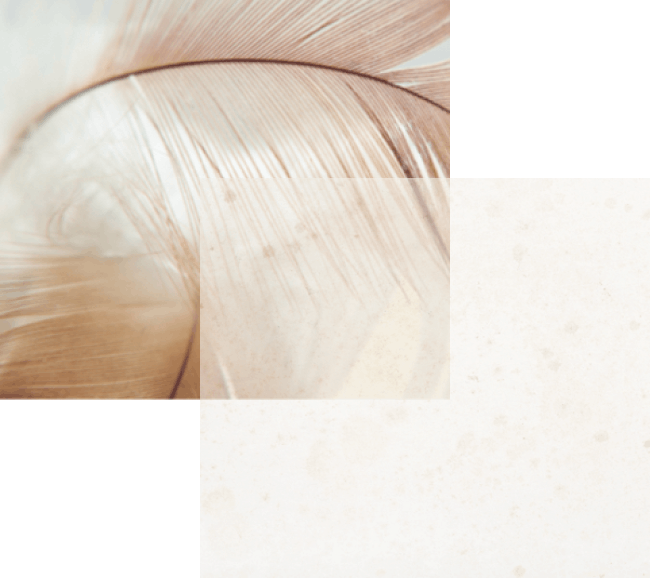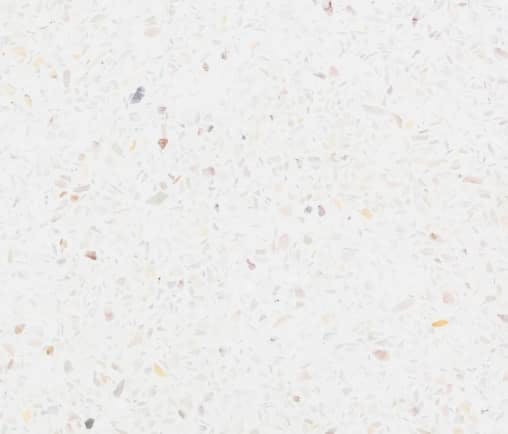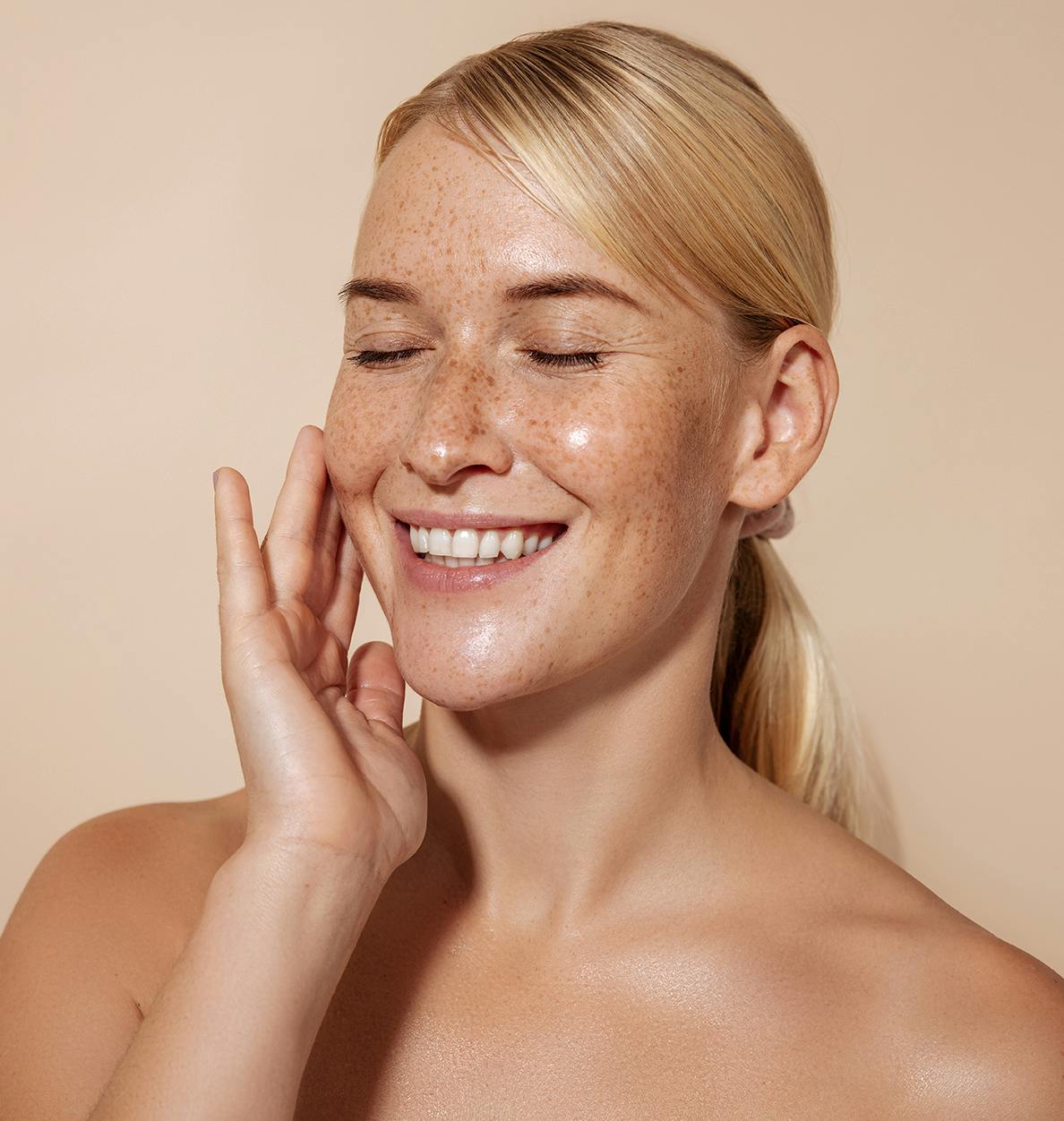Our skin is one of the very first things that others notice about us — and over time, the complexion can start to become damaged by blemishes, hyperpigmentation, scarring, and other flaws that can make us feel self-conscious about how we look.
Different Types of Chemical Peels Available
PCA peel: PCA peels are a type of chemical peel formulated by the manufacturer PCA Skin. A PCA peel effectively addresses a range of skin concerns at once.
The PCA peel is a modified version of the Jessner peel, which is a milder type of peel. Jessner peels are generally ideal for patients with darker skin tones. PCA peels blend the Jessner peel with a TCA peel, which is a middle-strength peel, to target mid-to-deep layers of the skin, achieving combined yet refined results from both the Jessner and TCA peel ingredients. A PCA peel is used to improve skin tone and texture, reduce scarring, minimize pores, and reduce wrinkles and other signs of age.
Each PCA peel is completely customized for each client. A cocktail of boosters is added to address your specific skin concerns. PCA peels are ideal for all ages and ethnicities and can be customized to effectively treat any type of skin concern or issue. Everyone can benefit from PCA peels.
cosmelan® peel: cosmelan® is more than a chemical peel. The cosmelan® peel method removes hyperpigmentation while regulating the overproduction of pigmentation to prevent the reappearance of spots and flaws. The cosmelan® peel is the gold standard for treating stubborn pigmentation and melasma.
Including four powerful phases, the cosmelan® chemical peel targets the surface and deeper layers of the skin to address the problem while simultaneously addressing the origin.
SkinCeuticals Peels: We provide the Smart TCA Peel from SkinCeuticals to dramatically reduce wrinkles and fine lines, reduce the size of pores, tighten the skin, and reduce hyperpigmentation.
The TCA Smart Peel is a blend of 15% Trichloroacetic Acid with 3% Glycolic Acid. This blend is ideal for all skin types and most skin tones I-IV on the Fitzpatrick Scale. The Smart TCA Peel treatment includes a Restorative Masque that soothes the skin immediately after the peel.
The TCA Smart Peel improves all types of skin, including dry, normal, oily, and combination skin. This peel targets blotchiness, discoloration, wrinkles and fine lines, and other concerns.














